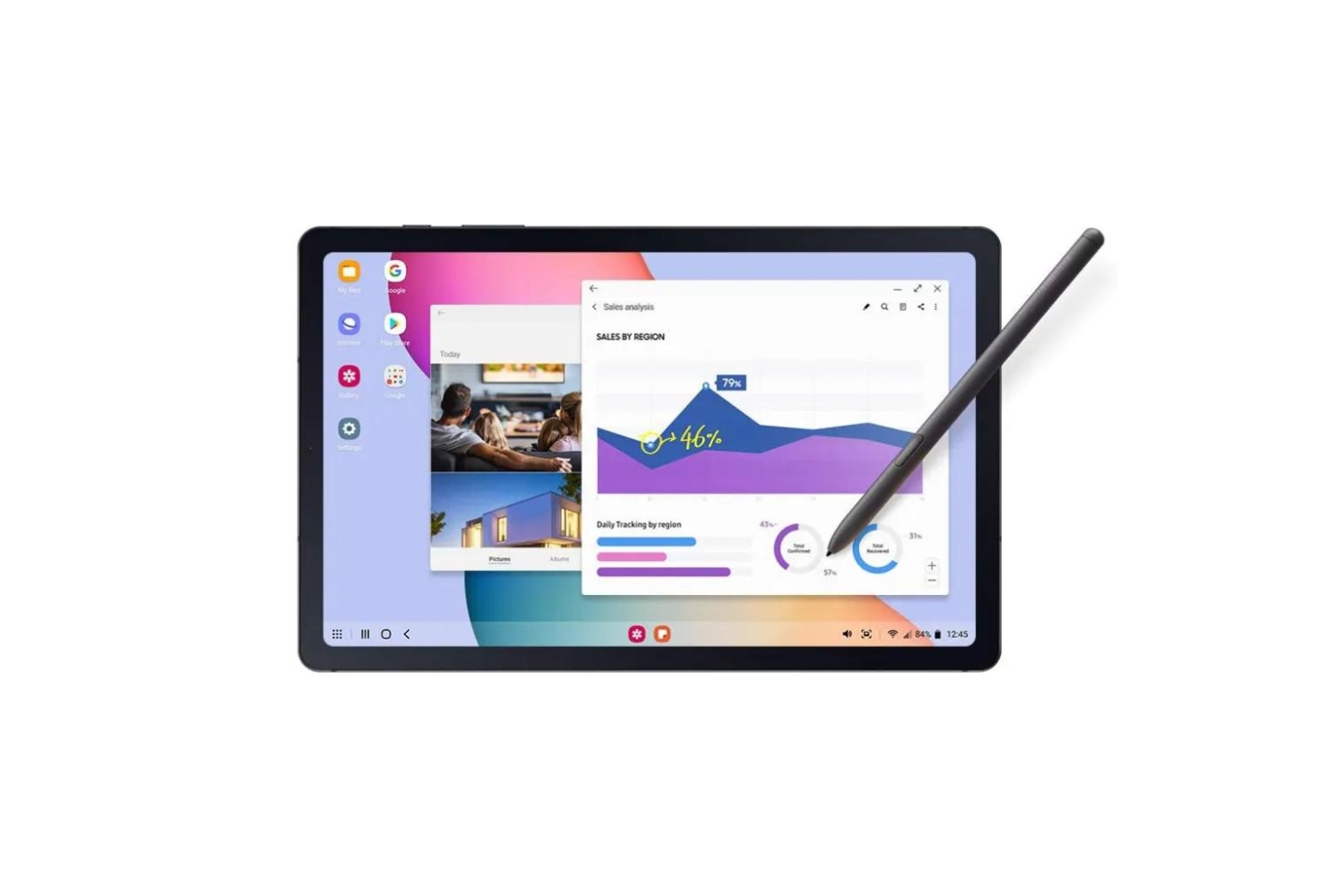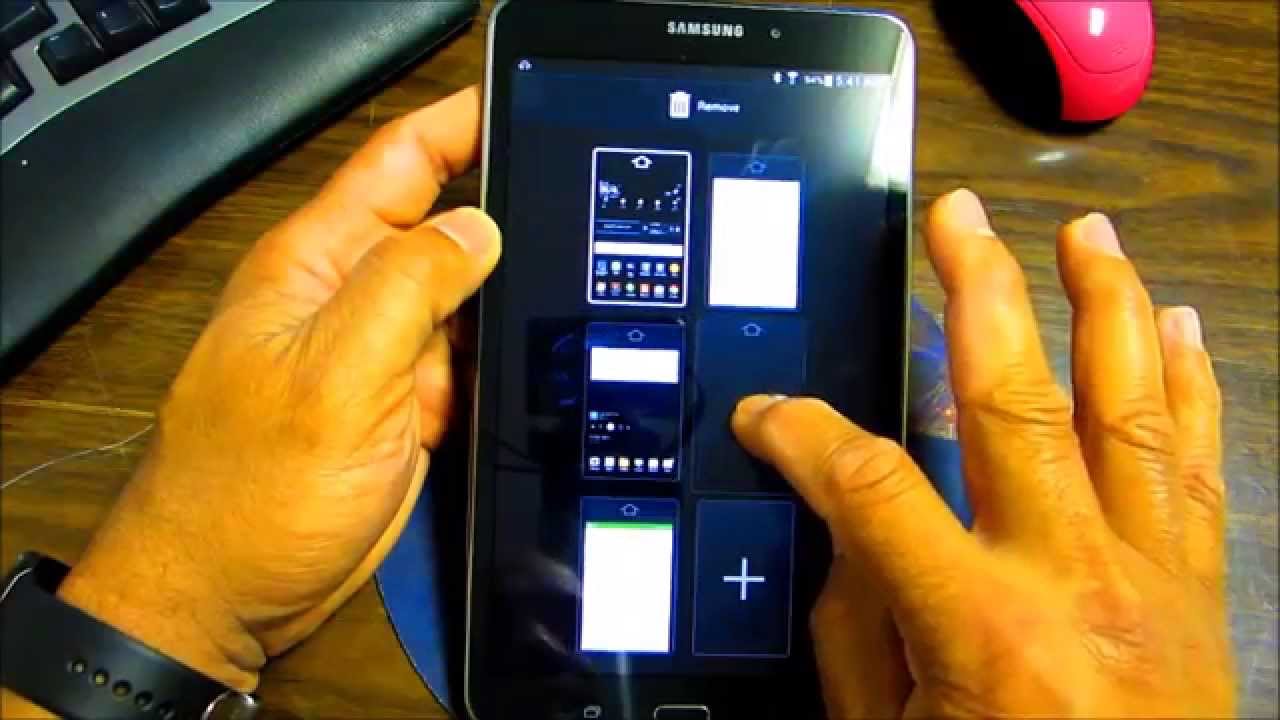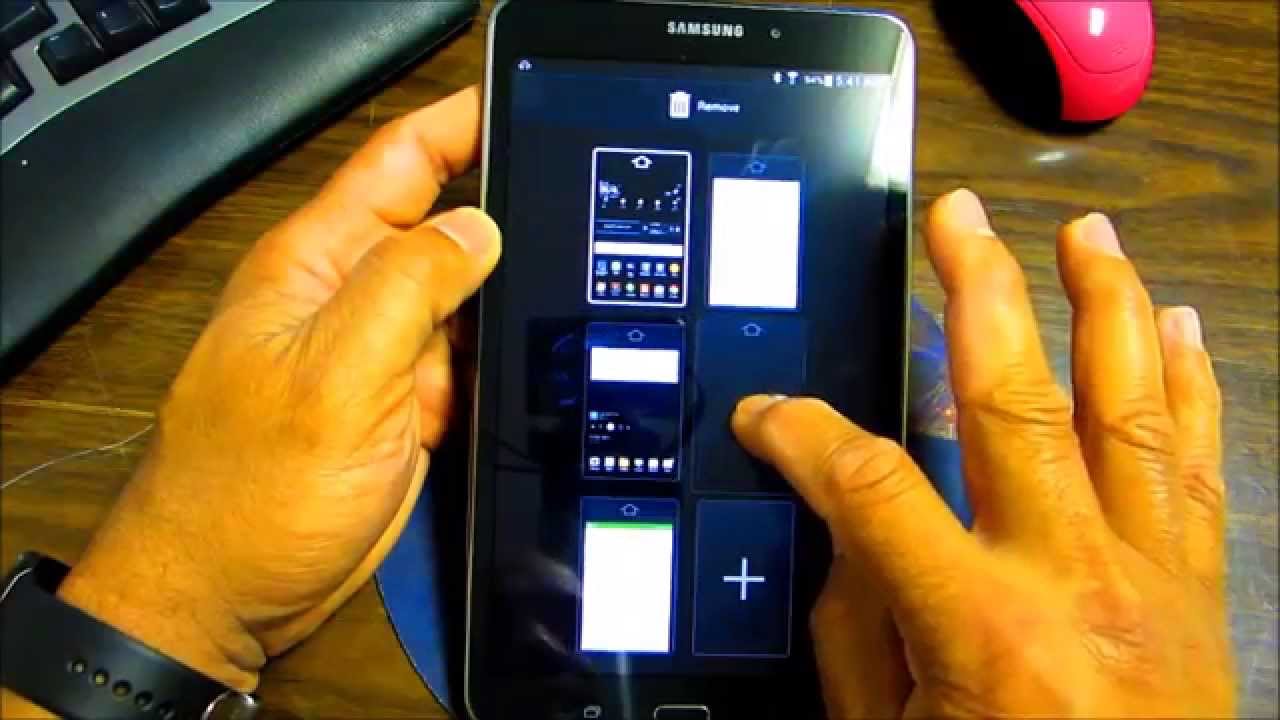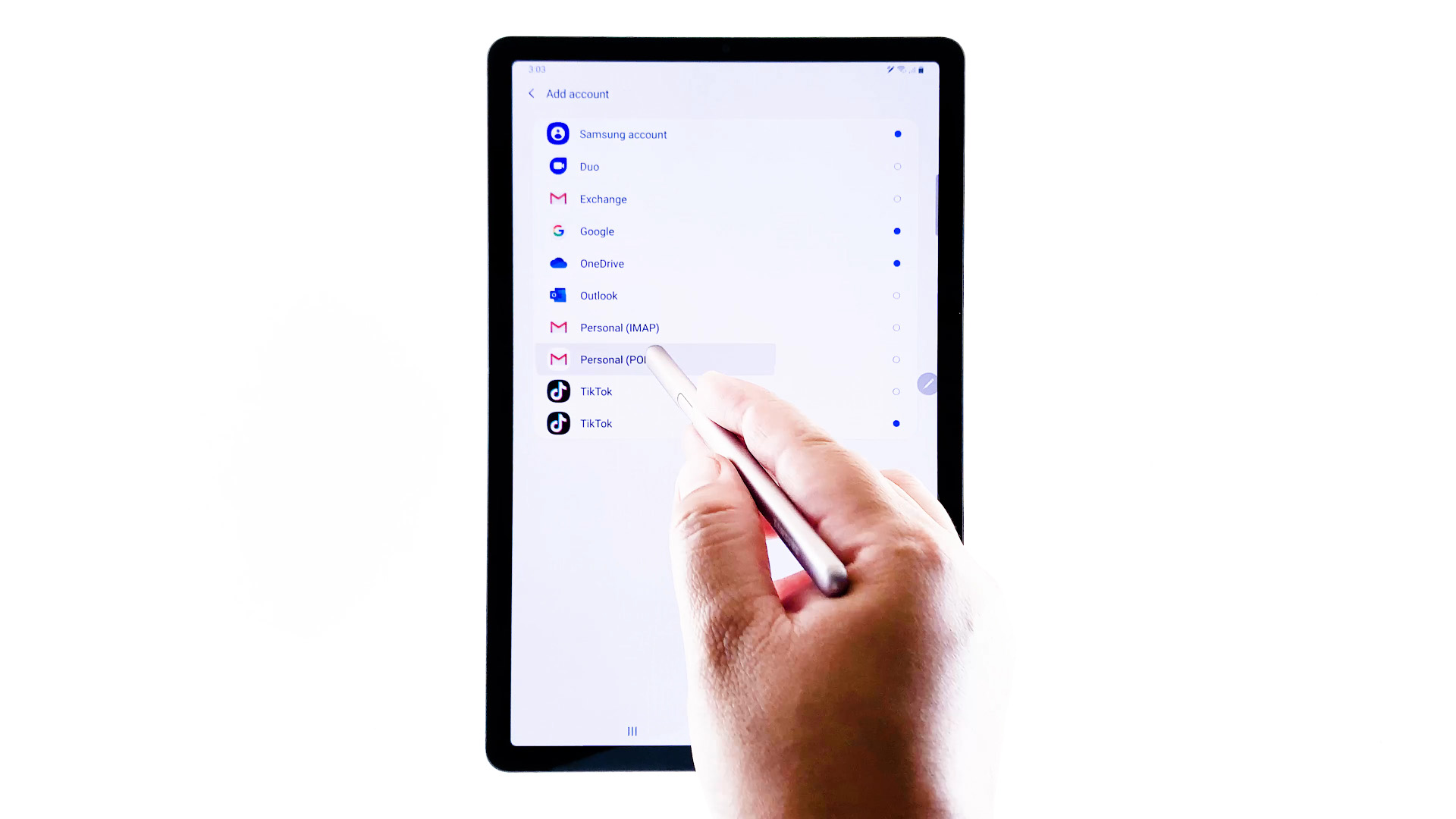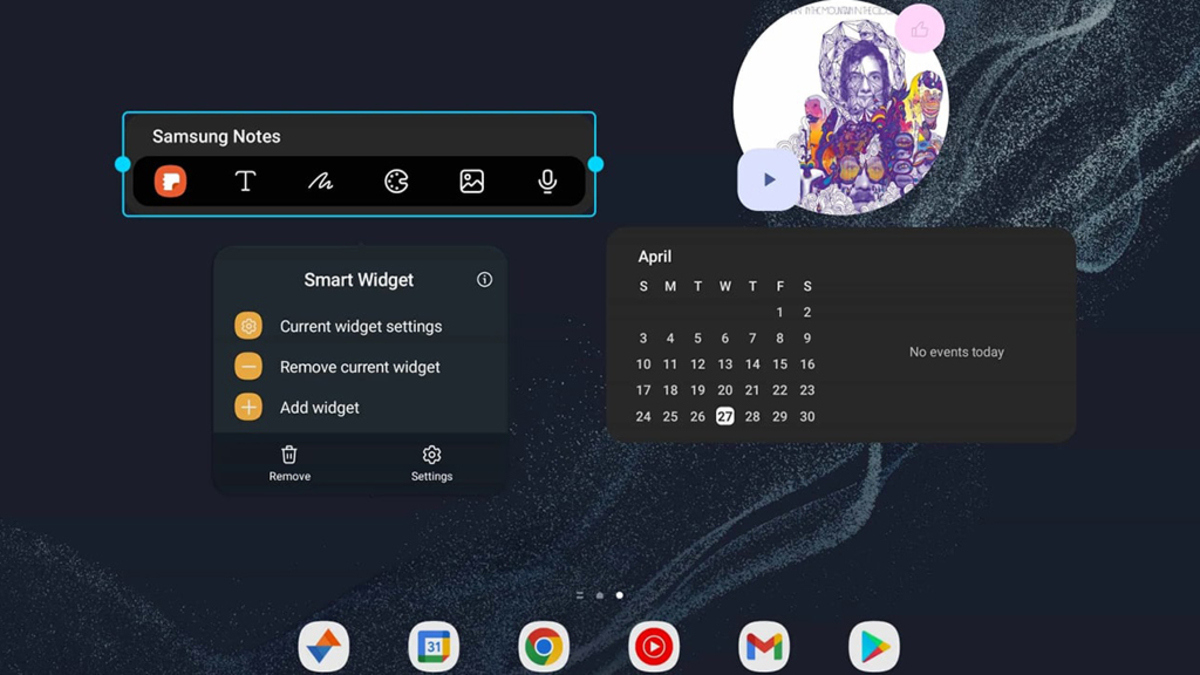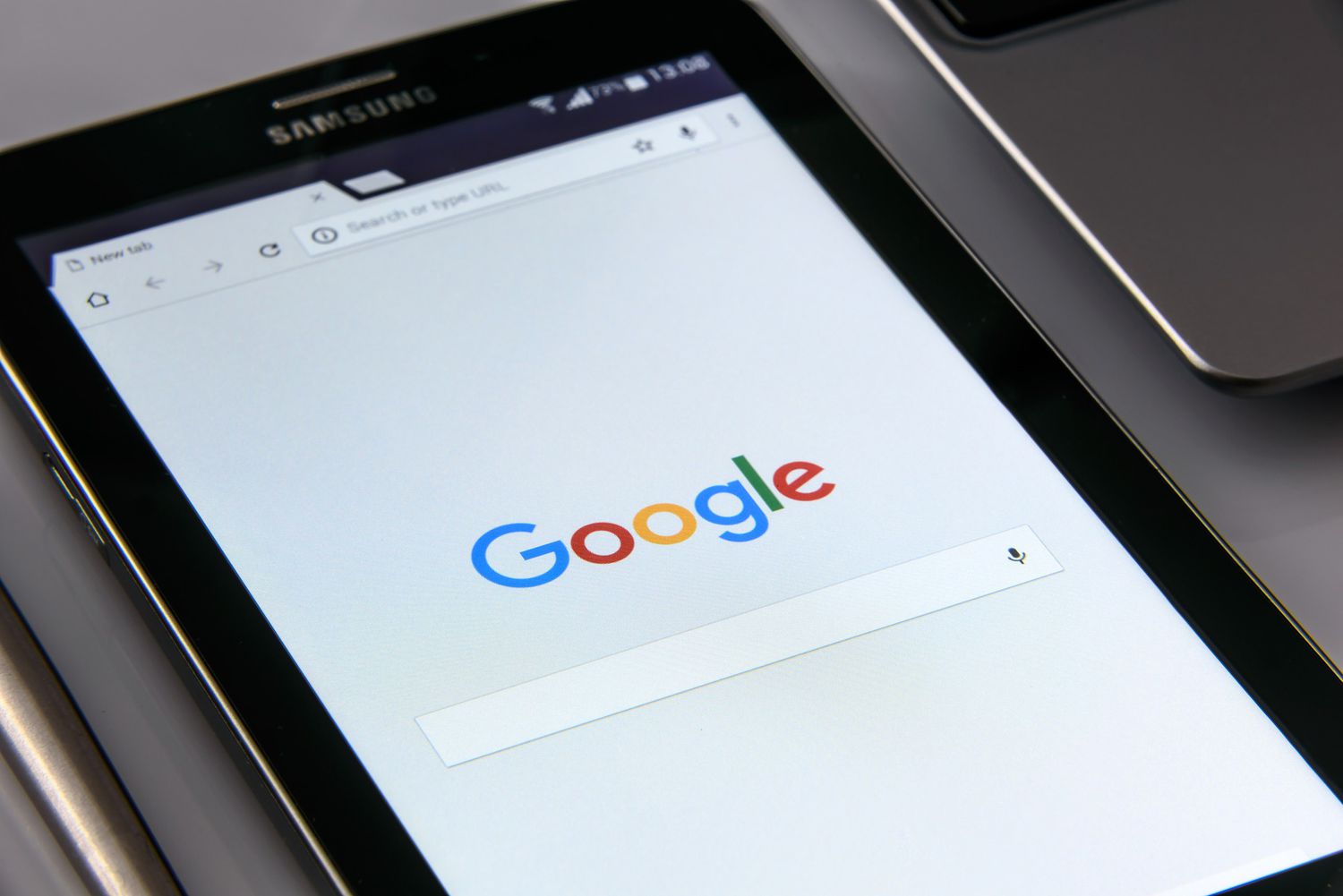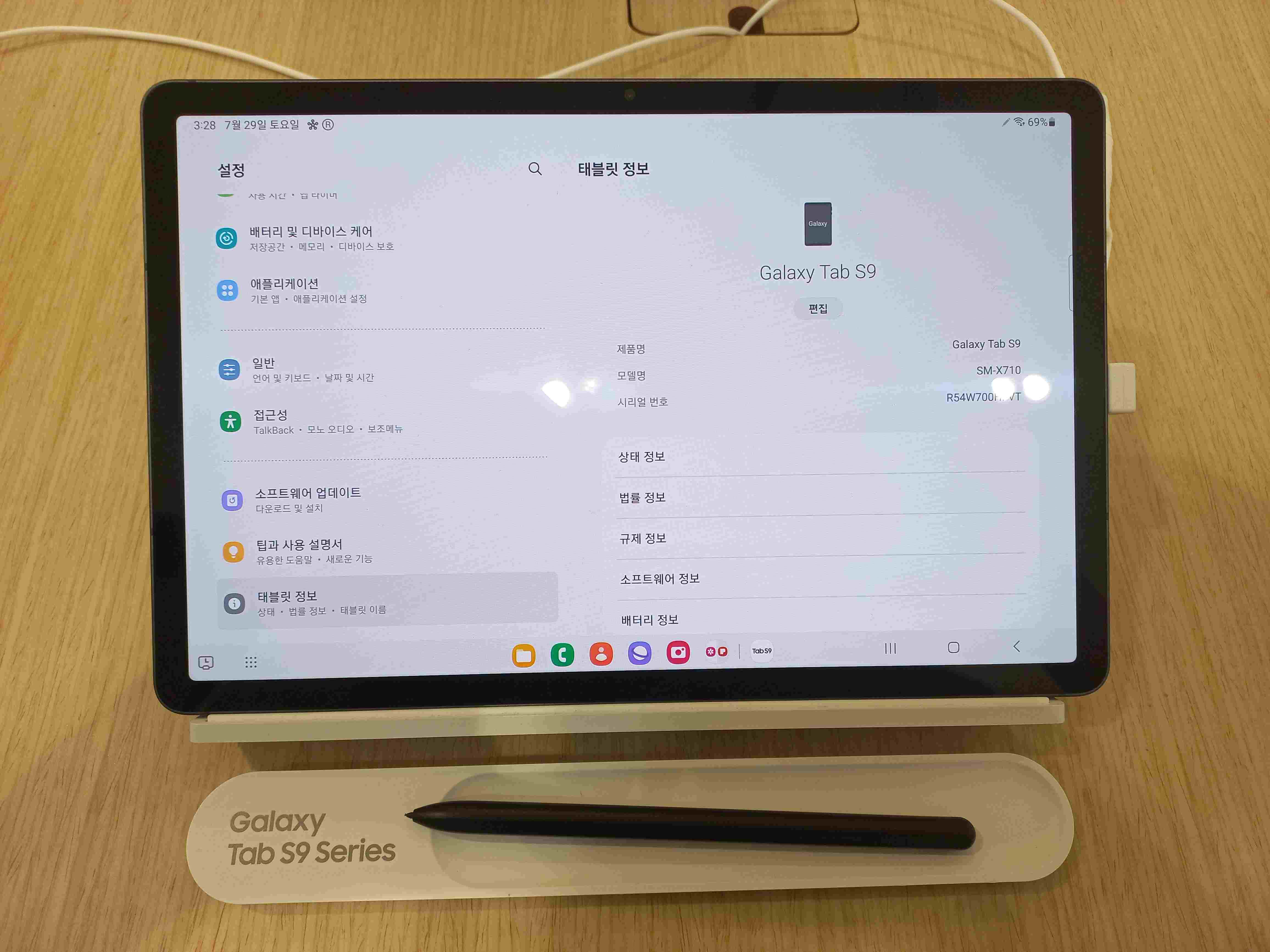Introduction
Welcome to our guide on how to remove pages from a Samsung tablet. Samsung tablets are popular among users for their excellent performance and user-friendly interface. However, as you continue to use your tablet, you may find that you have accumulated numerous pages that are no longer necessary or cluttered with apps and widgets. Removing unnecessary pages can help streamline your tablet’s home screen and improve its overall efficiency.
In this article, we will walk you through step-by-step instructions on how to remove pages from your Samsung tablet. We will explore various methods that allow you to rearrange apps and widgets, disable or uninstall pre-installed apps, use folders to organize apps, and even perform a factory reset if necessary.
Whether you are a beginner or an experienced tablet user, this guide will provide you with the necessary information to effectively remove unwanted pages from your Samsung tablet. Prior to implementing any of these methods, make sure to back up any important data to avoid any potential loss.
Are you ready to declutter your Samsung tablet and optimize its performance? Let’s dive into the various methods and start removing those unnecessary pages!
Reasons to Remove Pages from a Samsung Tablet
There are several reasons why you may want to remove pages from your Samsung tablet. Let’s explore some of these reasons below:
1. Organizational Purposes: Over time, you may have accumulated many pages on your tablet’s home screen, making it difficult to find and access the apps or widgets you use frequently. Removing unnecessary pages can help you declutter and organize your tablet, making it easier to navigate.
2. Improved Performance: Having too many pages with numerous apps and widgets can impact your tablet’s performance. Each app running in the background consumes system resources, including RAM and processing power. By removing unnecessary pages, you can free up resources and improve the overall speed and responsiveness of your tablet.
3. Personalization: Removing unwanted pages allows you to personalize your tablet’s home screen to suit your needs and preferences. You can create a streamlined layout with only the apps and widgets you use regularly, making it more visually appealing and efficient.
4. Reduced Distractions: If you find yourself easily distracted by the multitude of apps and widgets on your tablet, removing unnecessary pages can help minimize distractions. By keeping only the essential apps and widgets, you can maintain focus and increase productivity.
5. Storage Optimization: Some pre-installed apps on your Samsung tablet may occupy valuable storage space, even if you rarely use them. By removing pages with these pre-installed apps, you can free up storage for more important files and applications.
6. Minimalist Aesthetic: If you prefer a clean and minimalist look for your home screen, removing unnecessary pages can help achieve that aesthetic. By removing excess clutter, you can create a visually pleasing and simplified interface.
Now that you understand the reasons why it’s beneficial to remove pages from your Samsung tablet, let’s proceed to the step-by-step guide on how to accomplish this.
Step-by-Step Guide to Remove Pages from a Samsung Tablet
Removing pages from your Samsung tablet is a straightforward process. Follow these step-by-step instructions to effectively remove unwanted pages:
- Method 1: Rearrange Apps and Widgets on Home Screen:
- Long-press on the app or widget you want to move.
- Drag the item to the edge of the screen until a new page appears.
- Release the item, and it will be moved to a new page.
- Repeat this process for all the apps and widgets you want to organize.
- Method 2: Remove Apps and Widgets from Home Screen:
- Long-press on the app or widget you want to remove.
- Drag the item to the “Remove” or “Uninstall” option that appears at the top or bottom of the screen, depending on your device model.
- Repeat this process for all the apps and widgets you wish to remove.
- Method 3: Disable or Uninstall Pre-installed Apps:
- Go to the “Settings” app on your Samsung tablet.
- Select “Apps” or “Applications” from the menu.
- Tap on the app you want to disable or uninstall.
- Choose the “Disable” or “Uninstall” option, depending on your preference.
- Follow the on-screen prompts to either disable or uninstall the app.
- Method 4: Use Folders to Organize Apps:
- Long-press on an app icon and drag it onto another app icon.
- Release your finger to create a folder.
- Customize the folder name to help you identify its contents.
- Drag and drop additional apps into the folder.
- Repeat this process to create multiple folders and organize your apps as desired.
- Method 5: Factory Reset the Samsung Tablet:
- Note: This method should be used as a last resort, as it will erase all data and settings on your tablet.
- Go to the “Settings” app on your Samsung tablet.
- Scroll down and tap on “Backup and Reset”.
- Select “Factory Data Reset”.
- Read the warnings and tap on “Reset Device” or “Delete All”.
- Enter your PIN or password, if prompted.
- Wait for the reset process to complete.
By following these methods, you can easily remove pages from your Samsung tablet and optimize its performance and organization. Choose the method that best suits your needs and preferences. Remember to back up any important data before performing a factory reset.
Method 1: Rearrange Apps and Widgets on Home Screen
Rearranging apps and widgets on your Samsung tablet’s home screen is a simple and effective way to remove unwanted pages and organize your device to your liking. Follow these steps to rearrange apps and widgets:
- Long-press on the app or widget you want to move. A menu will appear with several options.
- Drag the app or widget towards the edge of the screen until you reach the desired page. As you near the edge, the tablet will automatically switch to the next page.
- Release your finger to drop the app or widget onto the new page. It will be placed in the desired location on the page.
- Repeat steps 1-3 for all the apps and widgets you want to rearrange.
This method allows you to create a customized layout that suits your needs, removing the need for unnecessary pages and making it easier to access your frequently used apps and widgets.
Additionally, you can use this method to move apps and widgets from a cluttered page to an empty page. This will help you achieve a cleaner, more organized home screen.
By rearranging apps and widgets, you can effectively declutter your Samsung tablet and remove pages that are no longer necessary. Whether you want to group similar apps together or place frequently used widgets on the main page, this method offers flexibility and customization options to suit your preferences.
Keep in mind that this method only rearranges apps and widgets on the home screen. It does not uninstall or disable any apps.
Now that you know how to rearrange apps and widgets on your Samsung tablet’s home screen, let’s move on to the next method of removing pages.
Method 2: Remove Apps and Widgets from Home Screen
If you have apps or widgets on your Samsung tablet’s home screen that you no longer need or want, you can easily remove them to declutter your device. Follow these steps to remove apps and widgets:
- Long-press on the app or widget you want to remove. A menu will appear with several options.
- Drag the app or widget towards the “Remove” or “Uninstall” option that appears at the top or bottom of the screen, depending on your device model.
- Once the app or widget is over the “Remove” or “Uninstall” option, release your finger to drop it.
- If you’re removing an app, a confirmation message may appear asking if you want to uninstall the app. Tap “OK” to confirm the removal.
- Repeat steps 1-4 for all the apps and widgets you wish to remove.
By removing unwanted apps and widgets, you can create a cleaner and more streamlined home screen. This helps you easily locate and access the apps and widgets that are essential to you.
It is important to note that removing an app from the home screen does not uninstall it from your Samsung tablet completely. It simply removes the app from the home screen, and you can still find it in the app drawer or through the device’s settings.
This method is useful when you want to remove specific apps or widgets without affecting other aspects of your tablet’s functionality. If there are apps or widgets that you rarely use or find unnecessary, removing them from the home screen can help reduce clutter and improve overall usability.
Now that you know how to remove apps and widgets from your Samsung tablet’s home screen, let’s explore another method to remove pages.
Method 3: Disable or Uninstall Pre-installed Apps
Pre-installed apps, also known as bloatware, are applications that come pre-loaded on your Samsung tablet. These apps may take up valuable storage space and clutter your device, especially if you rarely use them. Method 3 allows you to disable or uninstall pre-installed apps, which can help remove unnecessary pages from your tablet.
Here’s how you can disable or uninstall pre-installed apps on your Samsung tablet:
- Go to the “Settings” app on your Samsung tablet.
- Scroll and tap on “Apps” or “Applications” from the menu.
- Find the app you want to disable or uninstall and tap on it.
- Depending on the device and app, you will have two options:
- Disable: This option will stop the app from running and remove its shortcut from the home screen. The app will still be available in the system, but it won’t consume any resources or appear in the app drawer.
- Uninstall: This option will completely remove the app from your tablet. Uninstalled apps cannot be recovered unless you reinstall them from an external source.
- Follow the on-screen prompts to disable or uninstall the app.
- Repeat the process for any additional pre-installed apps you wish to disable or uninstall.
Disabling or uninstalling pre-installed apps can help free up storage space, improve performance, and remove unwanted pages on your Samsung tablet. It allows you to have better control over the apps installed on your device, ensuring that you only keep the ones you need and use regularly.
Please note that not all pre-installed apps can be uninstalled or disabled, as some are essential for the functioning of your tablet’s system. If the option to disable or uninstall is not available for a particular app, it means that it is a core system app and cannot be removed.
Now that you know how to disable or uninstall pre-installed apps, let’s proceed to the next method to remove pages from your Samsung tablet.
Method 4: Use Folder to Organize Apps
If you have multiple apps on your Samsung tablet’s home screen and want a more organized and streamlined layout, using folders can be a great solution. Method 4 allows you to create folders and group similar apps together, helping you remove unnecessary pages and make your tablet’s home screen more efficient.
Here’s how you can use folders to organize apps on your Samsung tablet:
- Long-press on an app icon and drag it onto another app icon. This action will create a folder.
- Release your finger to drop the app onto the new folder.
- The folder will automatically be named based on the category of the apps you placed in it. You can customize the folder name by tapping on it and editing the text.
- To add more apps to the folder, simply drag and drop them onto the folder icon.
- You can create multiple folders and organize your apps based on different categories or preferences.
- To access the apps within a folder, tap on the folder icon. This will open the folder, displaying the apps contained inside.
- To remove an app from a folder, long-press on the app icon within the folder and drag it out of the folder onto the home screen.
Using folders not only helps to declutter your home screen but also allows for better organization and easier access to apps. By grouping similar apps together, you can quickly locate and launch the apps you need without having to scroll through multiple pages.
Customizing folder names can further enhance the organization and make it easier for you to find specific apps. Whether you want to create folders for games, social media, productivity, or any other category, the flexibility of folders allows you to tailor the organization to your preferences.
Now that you know how to use folders to organize your apps, let’s move on to the final method of removing pages from your Samsung tablet.
Method 5: Factory Reset the Samsung Tablet
If you’ve tried all the previous methods and still have unwanted pages on your Samsung tablet, performing a factory reset can be a last resort to completely remove all data and settings, effectively starting fresh. However, please note that a factory reset will erase all your personal data, so make sure to back up any important information before proceeding.
Here’s how you can perform a factory reset on your Samsung tablet:
- Go to the “Settings” app on your Samsung tablet.
- Scroll and tap on “Backup and Reset”.
- Select “Factory Data Reset”.
- Read the warnings and understand that all data on your tablet will be erased.
- Tap on “Reset Device” or “Delete All” to confirm the factory reset.
- You may be prompted to enter your PIN or password for security purposes.
- Wait for the tablet to erase all data and reset to its factory settings.
Performing a factory reset will remove all apps, settings, and data from your Samsung tablet, effectively removing all pages. Once the reset is complete, your tablet will be returned to its original state as if it were brand new.
Please note that a factory reset should only be considered as a last resort when you have exhausted all other options. It is recommended to back up your data regularly to avoid losing important information during a factory reset.
To back up your data, you can use various methods such as syncing your tablet with a cloud service, transferring files to a computer, or using backup and restore apps available on the Google Play Store.
Now that you understand the process of performing a factory reset, you can decide if this method is necessary to remove unwanted pages from your Samsung tablet.
Conclusion
Removing unnecessary pages from your Samsung tablet can help improve organization, performance, and overall user experience. In this guide, we explored various methods to accomplish this task.
In Method 1, we learned how to rearrange apps and widgets on the home screen, allowing for a more customized layout that suits your preferences. This method is ideal for organizing your apps without uninstalling or disabling them.
Method 2 allowed us to remove apps and widgets from the home screen, decluttering our tablet and making it easier to access frequently used items. We also discussed how this method only removes the shortcut from the home screen, not uninstalling the app completely.
Method 3 demonstrated the process of disabling or uninstalling pre-installed apps, also known as bloatware, providing more control over the apps on your Samsung tablet and freeing up storage space.
Using folders, as explained in Method 4, gave us the ability to create a more organized home screen by grouping similar apps together. This method allows for easy access to apps while reducing clutter.
In Method 5, we discussed the option of performing a factory reset as a last resort to completely remove all data and settings from the tablet. It is important to note that this method should be approached with caution, as it will erase all personal data.
By utilizing these methods, you can tailor your Samsung tablet’s home screen to your liking, removing unnecessary pages and optimizing its performance. Consider the reasons why you want to remove pages, such as organization, improved performance, reduced distractions, storage optimization, or a minimalist aesthetic.
Remember to back up your data before attempting any changes, especially a factory reset. This will help ensure that your important files and information are safely stored during the process.
We hope that this guide has provided you with the knowledge and tools necessary to effectively remove pages from your Samsung tablet. Enjoy a decluttered and more efficient tablet experience!







